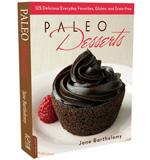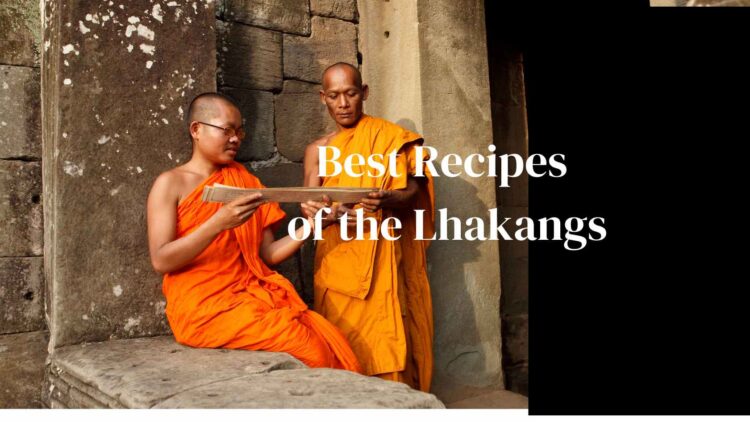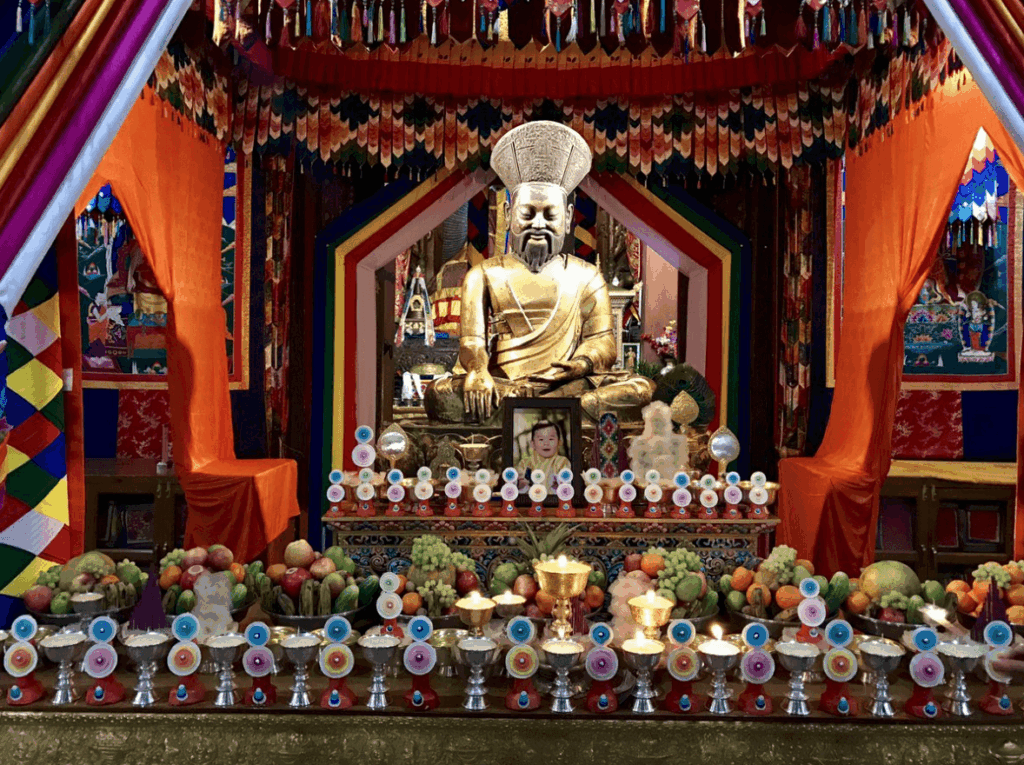Where might you find the healthiest, most delicious food in Bhutan? Are you looking for the most well-trained and well-stocked monastery kitchen in the land of the Dharma??
Look for these qualities:
- Local homemade Butter. No modern, refined, no-GMO, no seed oils.
- Organic, unsprayed, local grains like dark red rice, buckwheat. No imported-or pesticide-infused flour
- Fresh local curry ingredients, vegetables, fruits, beans, dahl, squash, sweet potato. No processed foods.
- Milk tea, yogurt, ginger tea, \ traditional suja. local pink salt.
- Unrefined sweeteners, like natural chicory root. No glycemic sweeteners, no sugar, no candy or junk food.
I recently attended a Thondel ceremony as a guest of the Je Khempo in Autsho, Bhutan. One of the most impressive features was their adherence to local traditions of Ngawang Namgyal Zabdrung Rinpoche (1594 -1651), the brilliant Tibetan Lama of royal birth, physical and spiritual founder of Bhutan. I also appreciated the and number of prizes handed out to proud students of Bhutanese food in the kitchen.
What was the Zhabdrung’s diet?
He ate a traditional diet including local, unprocessed foods from Bhutan’s home gardens.
Over time, gradually there have been many additions and substitutions to our diet. This is normal. In modern times, we eat more processed rice that is stripped white, quick to cook, lower in healthy vitamins and minerals. What are the health ramifications of processed and imported food on our bodies?
Our diets are constantly changing. This is normal. What do people eat now?
It is the Dharma community, the Central Monastic Body of Bhutan who carries the spiritual leadership to guide kitchens and healthy objectives for the people.
Resources






No Replies to "Best Recipes of the Lhakangs"